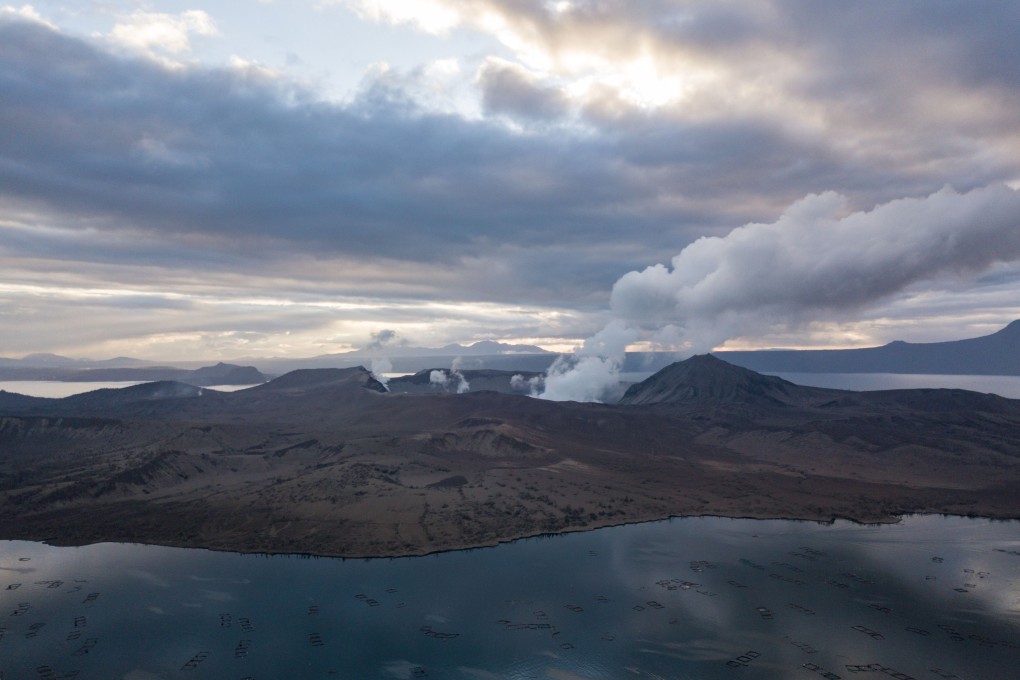Advertisement
‘Erupt already so we can get it over with’: Taal Volcano evacuees want to return home
- Residents of towns near Taal Volcano in the Philippines want life to return to normal, venting their frustrations against scientists
- But a Level 4 alert has been in place since the eruption on January 12, even though there has been little volcanic activity in recent days
Reading Time:3 minutes
Why you can trust SCMP
0

Nine days after Taal Volcano erupted and forced more than 150,000 people to evacuate their homes, some of the displaced residents want life to return to normal and are venting their ire on the country’s scientists.
The Philippine Institute of Volcanology and Seismology (Phivolcs) has maintained Alert Level 4 since January 12, meaning a “hazardous explosive eruption” is possible in hours or days. It said all areas within 14km of Taal should be evacuated.
But on Monday, Talisay vice-mayor Charlie Natanuan urged people to return to town, saying that in his opinion, “what Phivolcs said is wrong”.

Speaking in Tagalog, he said: “Now this eruption, it’s like venting off, it didn’t produce lava, this means pressure is low.”
He said he based his views on his many years of living near the volcano, and was going to ask Philippine President Rodrigo Duterte to “somewhat change Phivolcs’ opinion because they’ve made things worse in the news”.
Advertisement